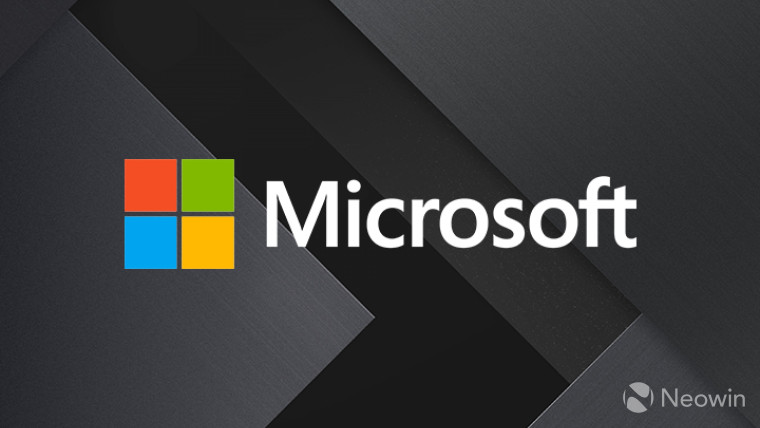
Even as Microsoft and other companies try to add AI features in their productivity products, such as Microsoft 365 Copilot, there is a growing concern by many employees that their jobs are in jeopardy with the rise of generative AI. Today, Microsoft announced the results of its annual Work Trend Index report, and it states that employees are spending more time in meetings and using email to communicate with others. It also states that using AI features at work could actually help those workers be more productive, rather than replace them.

The report is based on a survey of 31,000 people around the world, along with analyzing data from Microsoft 365 users and looking at labor trends via Microsoft's LinkedIn Economic Graph. The report claims there are three main works trends that must be addressed. The first is a better way to spend the day working, rather than spending tons of time in meetings and writing emails. The report states that 68 percent of all workers say they don't have enough time in the workday to just focus on their jobs. It adds:
Across the Microsoft 365 apps, the average employee spends 57% of their time communicating (in meetings, email, and chat) and 43% creating (in documents, spreadsheets, and presentations). The heaviest email users (top 25%) spend 8.8 hours a week on email, and the heaviest meeting users (top 25%) spend 7.5 hours a week in meetings.
Microsoft says that the lesson here is that meetings need to be more efficient and effective for employees so they don't feel so burned out.
The second trend in the report is that the use of AI features may not be the job killer that many people have predicted it will be. Microsoft's report claim employees are welcoming these kinds of features. It stated:
Not only did 3 in 4 people tell us they would be comfortable using AI for administrative tasks (76%), but the same goes for analytical (79%) and even creative work (73%). People are also looking for AI to assist with finding the right information and answers they need (86%), summarizing their meetings and action items (80%), and planning their day (77%).
The report adds that business owners are twice as likely to use AI to boost employee productivity than they would be to use it to reduce their workforce.

The final trend is that employees must learn some new skills in order to best use these AI features in the future. It stated:
Leaders we surveyed said it’s essential that employees learn when to leverage AI, how to write great prompts, evaluate creative work, and check for bias. As AI reshapes work, human-AI collaboration will be the next transformational work pattern—and the ability to work iteratively with AI will be a key skill for every employee.
The report states that AI features could help both employees and companies become more efficient at work. It's also clear that while AI can be a great tool, it's not perfect, and workers will be needed to make sure that the content AI can provide is accurate and helpful for their jobs.


















